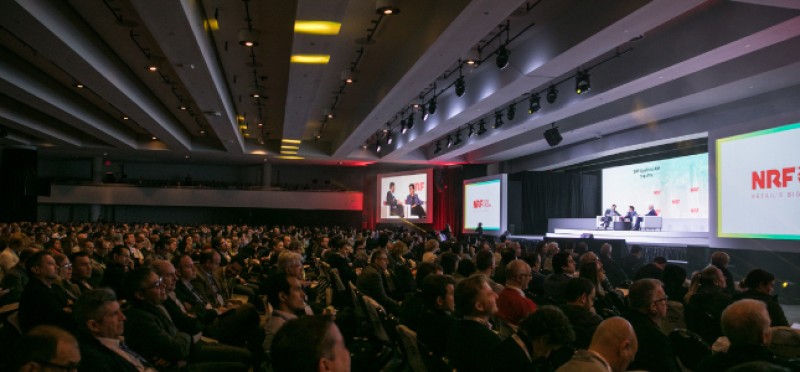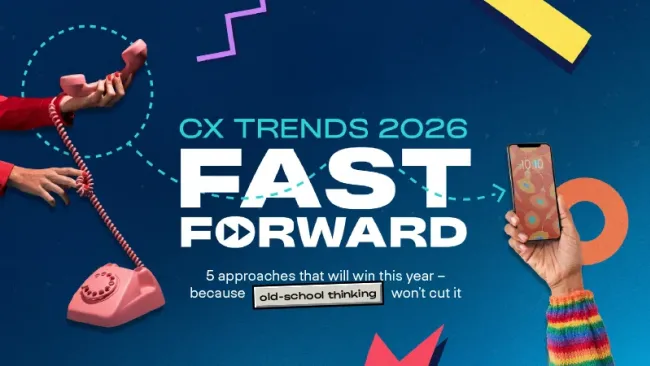New decade, new retail. At National Retail Federation (NRF) “Big Show” conference in New York City, business leaders defined what will make for exceptional customer experiences in 2020. For some it was a fight to make robotics a coworker, not the be-all-end-all stealer of jobs, for others it was about creating more memorable in-store experiences.
But above all, these leaders recognized that times were changing, and they need to adapt. Here is the 1to1 Media team’s first glimpse of a new decade of retail.
CEOs remember the importance of basic human connections
While some retailers are using automation and AI to reduce human input, other retailers are using technology to enable and enhance human connections.
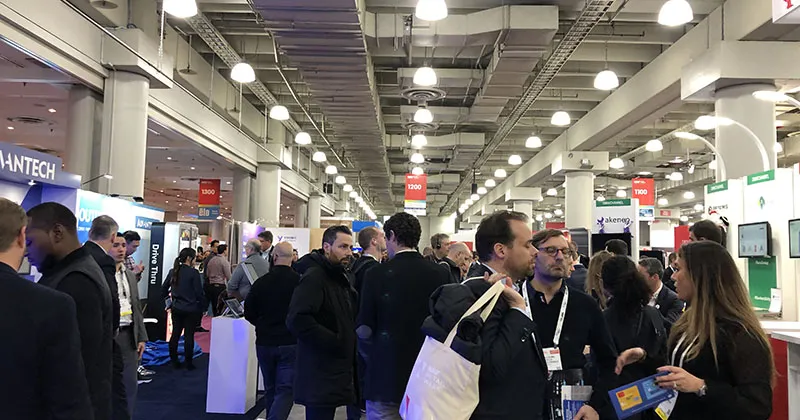
"It's about finding ways to help humans find more time to be human. It's not about robots that replace baristas,” said Starbucks CEO Kevin Johnson. “It's about tech that frees up baristas to be better and connect with customers."
Helena Foulkes, CEO of Hudson’s Bay Company, which owns high-end retailer Saks added, “We have 4,500 stylists across Saks—many with their own followers. Our job is to empower them with more data and tools to invite customers back to stores and close deals.”
And Ben Silbermann, co-founder and CEO of Pinterest, said he wants his website to be a source of inspiration for consumers, as well as a collaborative and safe environment. In addition to encouraging manual verification to identify legitimate online sellers, Pinterest is interacting with medical experts to help build a platform to make it easy for users to access self-help or emergency lines. “If you care about the wellbeing of your users you need to care about the content,” he said.
Experiential retail is king
People plus experiences equal engagement, advocacy and emotional loyalty. The concept was put to life at Intel’s “Giving Retail the Edge” booth, a labyrinth of multiple tech demonstrations. The wall of the booth was designed by the artist TRAV to be a mural of flowing colors that when touched activated a musical tune. Various rhythms could be made by gliding one’s hand along the wall.
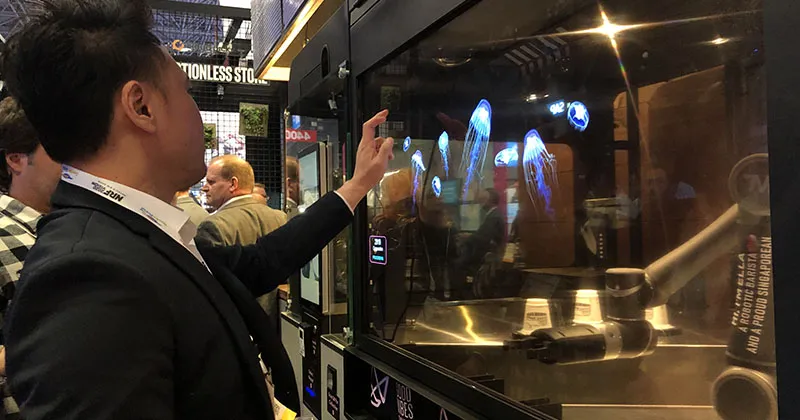
It was a representation of the experiential moments retailers are trying to create for customers as brick-in-mortar establishments seek to create memorable and tangible moments.
“Today’s customers have high expectations of retailers,” said Jose Avalos, VP of IOTG and Vertical Markets General Manger, Intel. “They want immersive and engaging experiences while shopping. In fact, today’s teenagers and young adults prefer to discover new products in physical stores because they not only want to experience the brand, but also influence and shape it.”
Erik Nordstrom, co-president, described how Nordstrom includes a bar near the shoe section of its flagship store in NYC to create a fun vibe where customers can sit and take a break from shopping (or potentially chat about their love for footwear). “Stores need to be more experiential than before, it just can’t be about the convenience of picking up something,” he said.
Jennifer Parker, SVP of retail at Peloton, did not mention sales as an objective for its physical locations. Instead, her goal is for showroom to be a place for people to experience the brand and for those who simply want to touch and feel Peloton. “We want people connecting with the brand,” she said.
Robotics try to lose the ‘new guy’ label
Marty, a thin, rectangular bot that was built by Badger Technologies, moved with Roomba-like precision past a replica grocery store shelf line, pausing occasionally to complete what it was designed to do -- manage store inventory and assess cleanliness. Marty was commissioned and named by Ahold Delhaize USA, the parent company of Stop & Shop and Giant Food Stores, where it can be found with googly eyes attached to its “head” at many of the company's grocery stores.
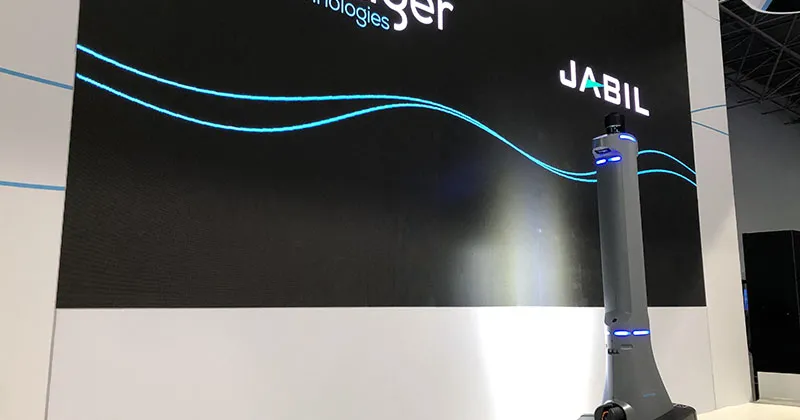
This is the nature of work for robots in retail going into 2020. In a talk with Tim Rowland, CEO of Badger Technologies, the maker of Marty, he envisions a future where robotic coworkers fill in the mundane, time consuming tasks of daily activities, freeing up organizations for other initiatives that provide more value.
“People are beginning to realize there is something here that is scalable, so I think this year is going to be when a few people-we’ve seen Walmart talk about it, we’ve seen others talk about it- starting to put their toe in the water and that’ll bring credibility to the whole market and it’ll start to accelerate,” said Rowland.
Five generations, one workplace
For the first time, employees representing five generations will be sharing the same workplace. Organizations need to throw away stereotypes and focus on their life stages and personalizing their experience. “Anyone aiming to solve a multi-generational workforce issue by implementing diversity and inclusion initiatives is doing it for the wrong reasons, said Rachel Kreuter, Communications Specialist at Ceridian. “…All people want the same trust, power, and respect.”
Customer data: The competitive differentiator
Collecting and understanding customer data is at the crux of retail success. Customer data is essential to understanding customer wants, needs, and preferences. But more important than the volume of data is what companies do with their data.
“The retailers that are able to combine their data sources—demographic data, location data, CRM data, purchase data—in a way that lets them quickly determine that this person prefers sale items that are shipped overnight, for example, is what will set brands apart,” commented Diane Burley, VP of content at Lucidworks.
Data strategy will only yield results if initiatives are done with the end customer in mind. “Yes, data is important but without understanding your customers on a people level, it’s difficult to design meaningful experiences. You can’t average out experience,” said Alex Genov, manager of research, user experience at Zappos.com.

